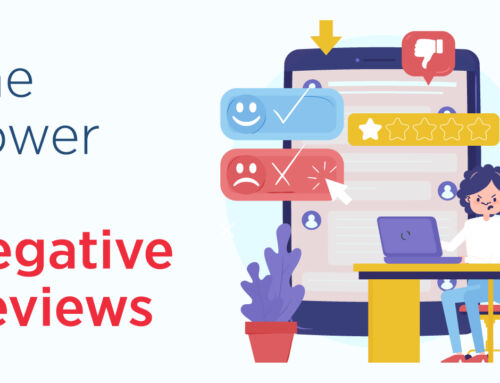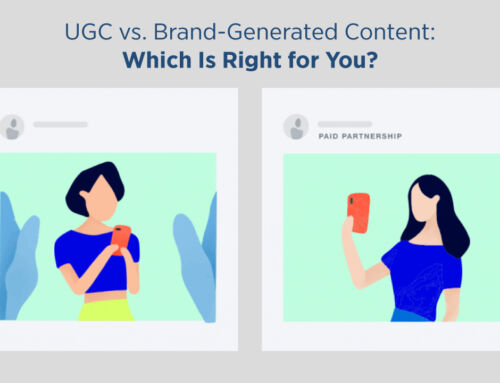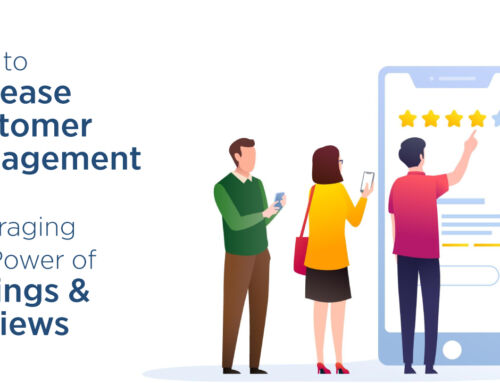Last updated on November 8, 2021
Younger generations are most at risk for mental illness: 4 ways brands can help
Bell Let’s Talk is a campaign that most Canadians (and most brands) are familiar with by now. And if you don’t know, it promotes and supports mental health awareness by encouraging Canadians to share their battle with mental illness amongst fellow Canadians. And it’s been effective: over 86% of Canadians reported that they are more aware of mental health, due directly to Bell’s initiatives.
But Bell can’t do this alone. A Google Trends search suggests that the conversation is quickly started and then forgotten shortly after.
More and more Canadians are suffering from mental illness and this is a conversation that can’t be remembered for one day out of the whole year. This calls action on brands to join forces in sustaining the conversation around mental health.
We created a conversation about mental health with our Canadian panel and here’s what we found. This data can help shed light on how Canadians feel and further probe what brands need to do to take action on mental health.
Why is mental illness a problem?
Mental illness is a condition that can strike us all. The Canadian Mental Health Association reports that almost half of those who have suffered from depression or anxiety have never gone to see a doctor. Additionally, suicide accounts for 24% of all deaths among 15-24-year-olds and 16% among 25-44-year-olds. This is concerning considering that mental illness is widely stigmatized which presents a barrier for seeking help.
To delve deeper on this topic, we asked our Canadian panel of over 10,000 respondents their well being and these were the results.
Canadians are suffering from mental illness
- 70% of respondents said they or someone close to them suffer from anxiety
- 61% of respondent said they or someone close to them suffer from the blues (i.e., feeling sad, helpless)
Younger generations over-index on mental illness
- 73% of Millennials said they or someone close to them suffer from anxiety
- 80% of Gen Z’res said they or someone close to them suffer from anxiety
- 64% of Millennials said they or someone close to them suffer from the blues
- 78% of Gen Z’ers said they or someone close to them suffer from the blues
Despite this being such a heavily weighted topic, there are simple and effective ways that brands can help reduce feelings of anxiety and depression for their consumers.
How brands can combat mental illness and support health and wellness
According to the Global Wellness Institute, “wellness” is connected to weight loss, but consumers feel differently. They associate wellness with the mind, body and spirit. So how can brands jump at this opportunity even if they’re not associated with the health and wellness industry?
You’ve already seen how Bell Canada contributed to health and wellness by creating awareness about mental illness, but The Strategy points out a few other opportunities that brands can consider.
No.1 | Natural materials
Including natural elements like wood, moss walls, and copper help the consumer feel soothed by being surrounded by “nature” so to speak. That is why you often see these elements in various retail stores.
No.2 | Multi-sensory wellness
Soothing the senses has also proven to be a benefit for the consumer. By creating calming sounds and having quieter spaces have benefits of reducing anxiety.
Well Building Institute even took the simple route of having softer lighting in their buildings.
No.3 | Minimalism
Packaging that is busy and in your face can bring added stress and results in choice paralysis for consumers. By taking the simplistic route on packaging, consumers don’t feel so pressured about purchasing products.
No.3 |Partnerships
If changing your brand strategy isn’t on the agenda any time soon, then partnering with mental health organizations and generating a conversation about mental health could be an even more impactful opportunity to combat illness.
Over the years, several brands including Instagram and TheLADBible have taken this route and seen beneficial results.
How will your brand fight mental illness?
Truthfully the opportunities are endless. From small adjustments in your brand strategy to partnering with mental health organizations, your brand has the potential to help combat mental illness amongst generations young and old.
If you’d like to see the data we used let us know here and we’ll send you the full report.
If there are questions you want answered about this topic or want to learn more about our capabilities? drop us a line here!
*Disclaimer: all data presented is owned by Caddle and has a Margin of Error of 1% or lower.
Get better business insights, faster, with Caddle.
Want more Caddle Insights? Sign up to our email list!





Leave A Comment